The Fed's interest rate pause, explained
For years, the Federal Reserve has been saying its decisions will be "data-driven." On Wednesday, the central bank made it clear it really, really means it.

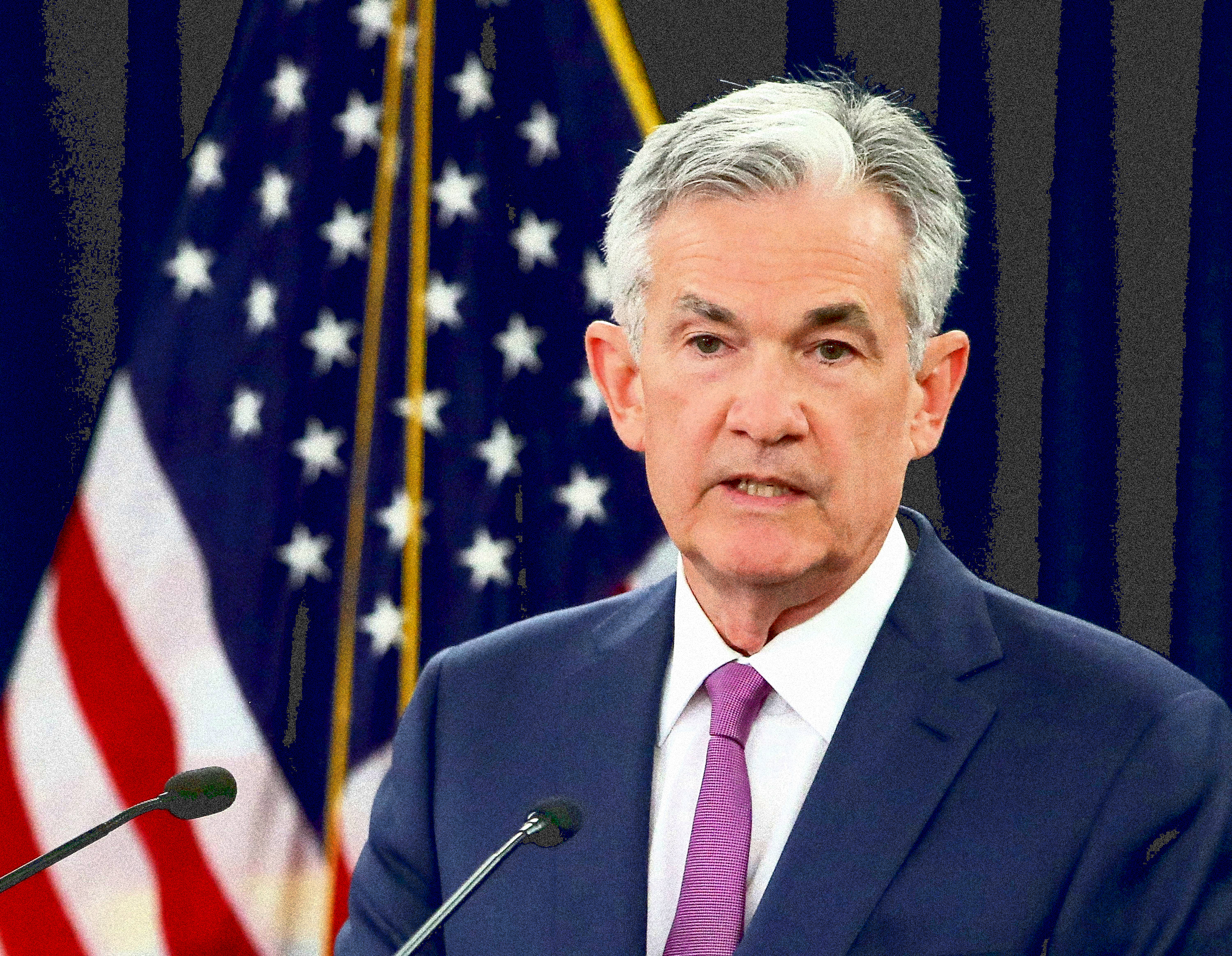
For years, the Federal Reserve has been saying its decisions will be "data-driven." On Wednesday, the central bank made it clear it really, really means it.
That afternoon, the Fed announced its interest rate target — currently at 2.25-to-2.5 percent — will hold until the next semi-regular meeting.
That was not unexpected. What did turn a lot of heads was the Fed's suggestion that what happens next is up in the air, too.
The Week
Escape your echo chamber. Get the facts behind the news, plus analysis from multiple perspectives.

Sign up for The Week's Free Newsletters
From our morning news briefing to a weekly Good News Newsletter, get the best of The Week delivered directly to your inbox.
From our morning news briefing to a weekly Good News Newsletter, get the best of The Week delivered directly to your inbox.
Going back years, through the tenures of both Ben Bernanke and Janet Yellen as Fed chairs, Fed officials have repeatedly described their approach to monetary policy as "data-driven." It's how Fed officials handled their approach to quantitative easing; it's how they described their approach to standard interest rate hikes, once those began in December 2015; and it's the approach that the current Fed Chairman, Jerome Powell, has happily continued.
The Fed's job is to balance the economy by adjusting interest rates; basically, it tries to maximize job creation as much as it can while keeping inflation around its pre-selected 2 percent target. A lot of policymakers, economists, and investors would prefer the Fed do that through predictable, rules-based monetary policy. But the economy is a complex beast. It's vulnerable to sudden changes in government behavior, to problems in other countries, and a host of other factors. Beyond that, it often fails to match our models. The recovery from the Great Recession, for instance, took far longer than expected. Even now that unemployment has gotten down to a remarkably low 3.9 percent, neither wage growth nor the inflation rate are rising the way most models predicted they would.
When Fed officials say they're "data-driven," in a sense what they mean is they're starting from scratch each meeting: They’ll look at the info coming in from the economy, then make a judgment call as to what interest rates should be in the moment.
Despite Fed officials repeatedly saying this is what they're doing, it's taken a while for everyone else to really believe them.
A free daily email with the biggest news stories of the day – and the best features from TheWeek.com
Following the 2008 collapse, the Fed drove interest rates to zero and kept them there for years to help boost the recovery. It first started inching interest rates up in 2015. In the last year or so, the central bank settled into a pretty steady pattern of incremental rate increases — and made it clear in press releases from its semi-regular meetings that it intended to keep that pattern up. Finally, thanks to its efforts to save the economy after 2008, the Fed has also acquired an extraordinarily big portfolio of assets. Starting in 2017, it's allowed that portfolio to slowly unwind, and Powell had gone so far to describe that policy as being on "autopilot."
Of course, the stock market went into a tailspin late last year. But the Fed's obligation isn't to the market, but to the underlying economy — and signals from that remained strong.
More recently, however, other major economies have slowed down, which could bleed into economic fundamentals here. The prolonged shutdown that just ended — and could very well start up again in a few weeks, given the chaos of U.S. governance right now — also put a damper on future growth prospects. Meanwhile, inflation continues to have trouble even reaching the Fed's 2 percent target, much less exceeding it.
In response to all this, the Fed not only paused its interest rate hikes for the current meeting, it revamped its language on future plans for interest rate hikes and the central bank's asset portfolio. With each meeting, the Fed will be starting from scratch on what the future path of interest rates should be, as well.
That second part seems to be what tripped everyone up.
Previous Fed statements had foreshadowed "some further gradual increases." This time that language was dropped in favor of saying the central bank "will be patient as it determines what future adjustments to the target range for the federal funds rate may be appropriate." Observers took this to mean a rate hike was no longer a guarantee, and that a rate cut could be in the cards as well. "The case for raising rates has weakened somewhat," Powell said, though he also reassured everyone that the economy remained "solid."
"I would want to see a need for further rate increases, and for me, a big part of that would be inflation," the Fed Chair continued. "It wouldn't be the only thing, but it would certainly be important."
"They basically went from saying we're going to continue raising rates into 2019 to not saying one way or the other what they're going to do," James Kahn, the chairman of Yeshiva University's economics department, told CNBC. "For a six-week time gap, that's unusual."
Of course, different observers disagree about just how big a change this is. The world of monetary policy has a rather arcane fixation on language, and analysis of Fed press statements can turn into an obsessive act of tea-leaf reading. In October, Powell himself made some statements interpreted as hawkish — though he quickly walked them back.
But the central bank was actually signaling it might shift things as recently as December. Even though they hiked interest rates that time, Fed officials also added the "some" to the prediction of "some further gradual increases." (The phrase they did away with entirely this time around.) They also dropped their projection of 2019 rate hikes from three to two. And Powell himself has repeatedly used the word "patience" to describe the Fed's strategy — a point he reiterated on Wednesday.
In short, the Fed was gently warning the media and the financial markets that this might be coming. That everyone was still caught off guard is probably due to two things: First, the Fed's institutional reputation as a strict disciplinarian. And second, investors' preference for predictable monetary policy, never mind what the health of the underlying economy actually calls for.
Happily, the Fed itself seems to be keeping its eye on the ball. "There's a fairly high degree of uncertainty about both the path and the ultimate destination of any further increases," Powell told everyone. He's really not kidding.
Jeff Spross was the economics and business correspondent at TheWeek.com. He was previously a reporter at ThinkProgress.
-
 The pros and cons of noncompete agreements
The pros and cons of noncompete agreementsThe Explainer The FTC wants to ban companies from binding their employees with noncompete agreements. Who would this benefit, and who would it hurt?
-
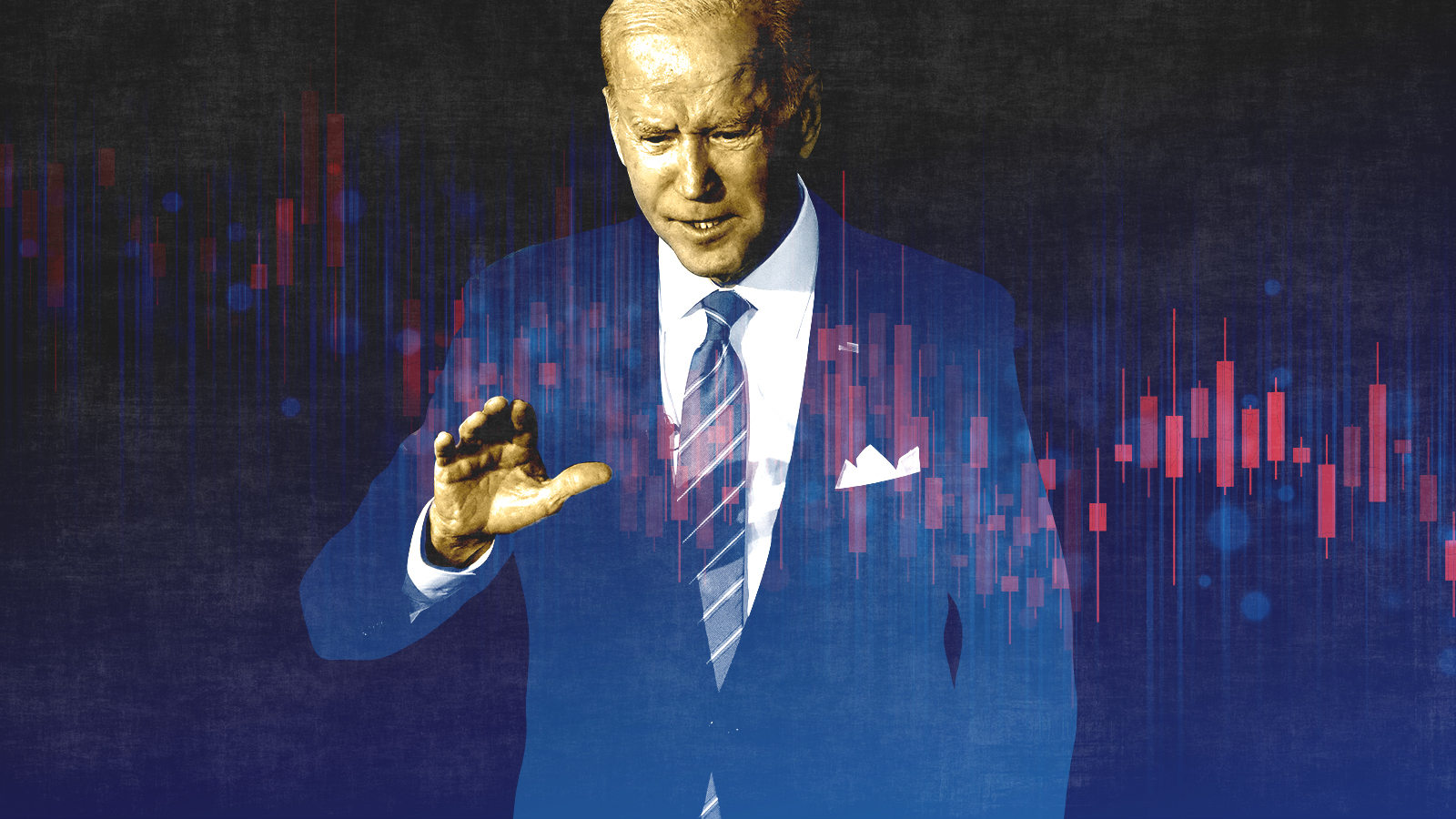 What experts are saying about the economy's surprise contraction
What experts are saying about the economy's surprise contractionThe Explainer The sharpest opinions on the debate from around the web
-
 The death of cities was greatly exaggerated
The death of cities was greatly exaggeratedThe Explainer Why the pandemic predictions about urban flight were wrong
-
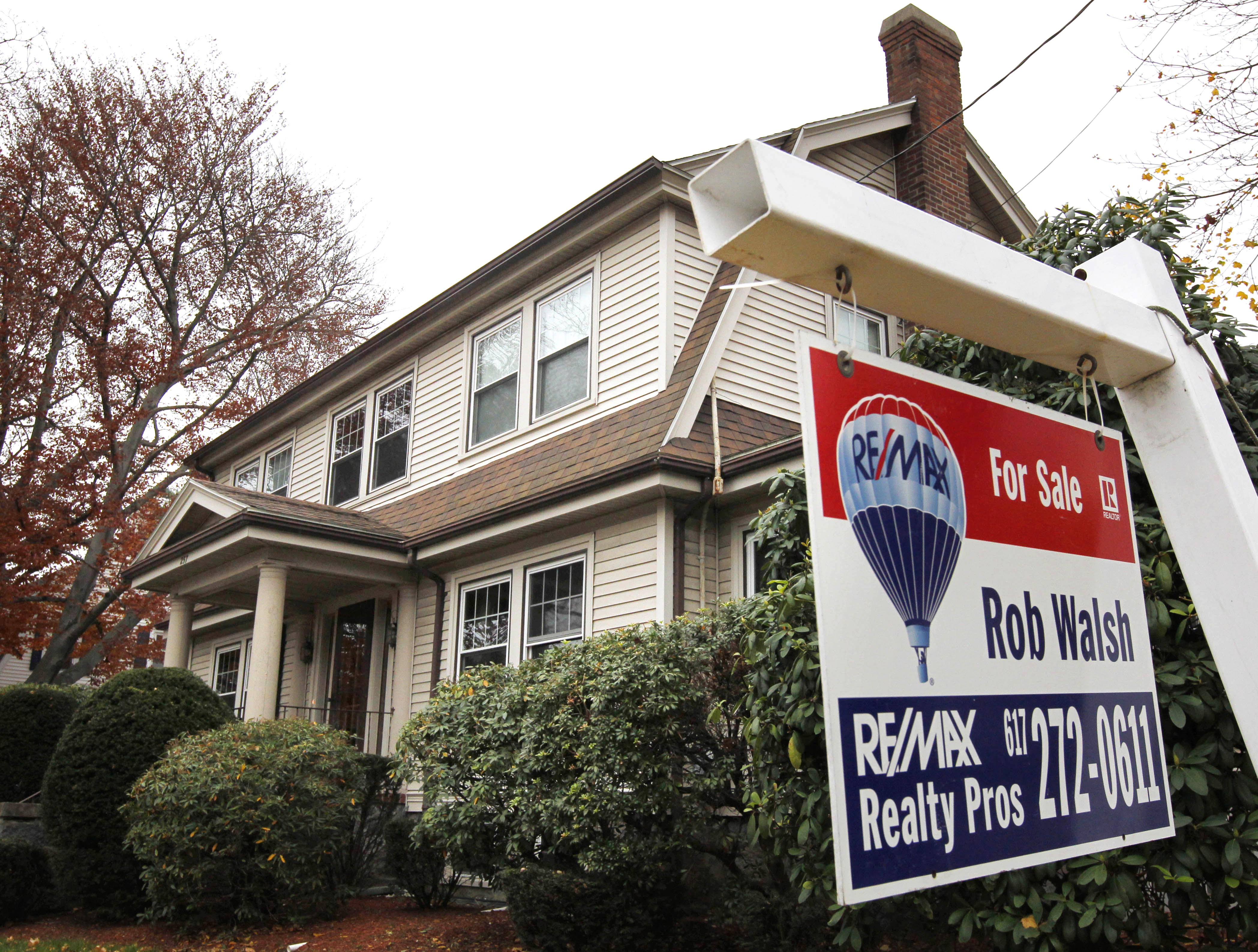 The housing crisis is here
The housing crisis is hereThe Explainer As the pandemic takes its toll, renters face eviction even as buyers are bidding higher
-
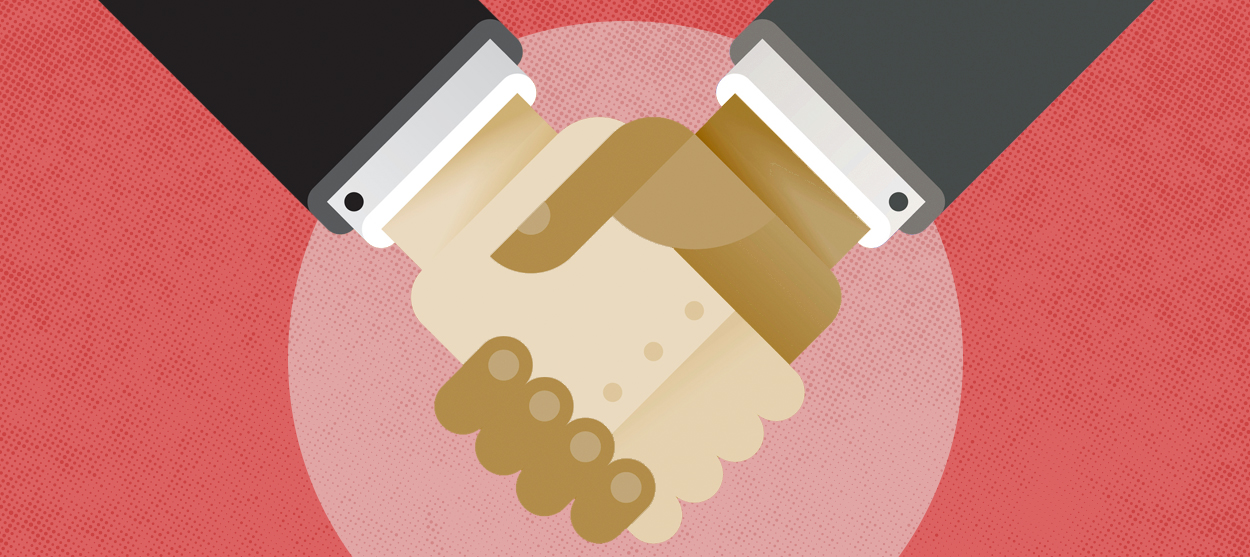 How to be an ally to marginalized coworkers
How to be an ally to marginalized coworkersThe Explainer Show up for your colleagues by showing that you see them and their struggles
-
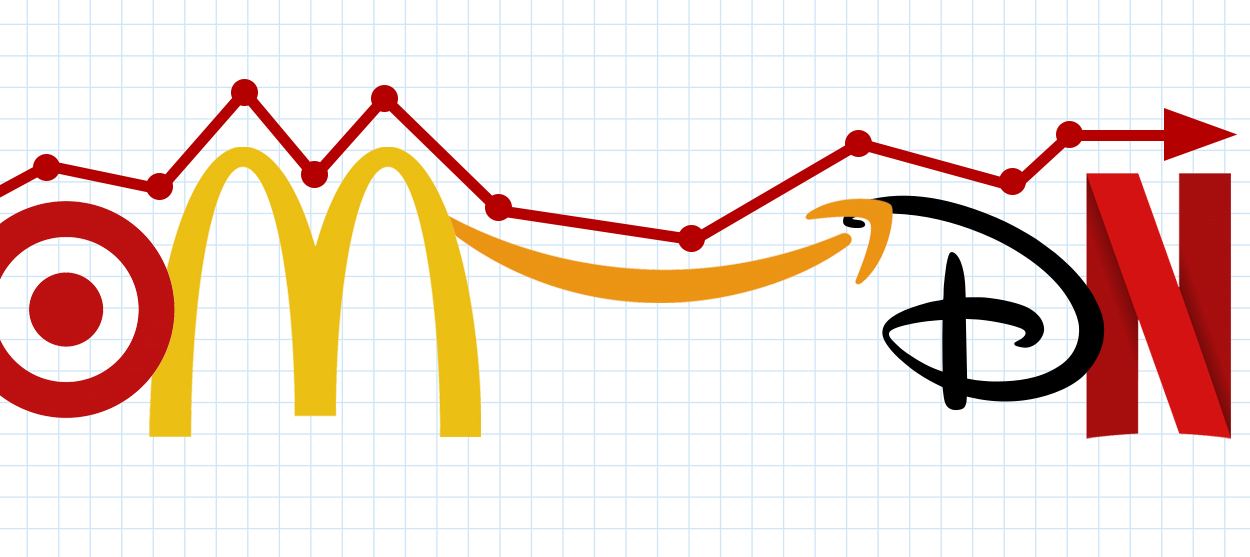 What the stock market knows
What the stock market knowsThe Explainer Publicly traded companies are going to wallop small businesses
-
 Can the government save small businesses?
Can the government save small businesses?The Explainer Many are fighting for a fair share of the coronavirus rescue package
-
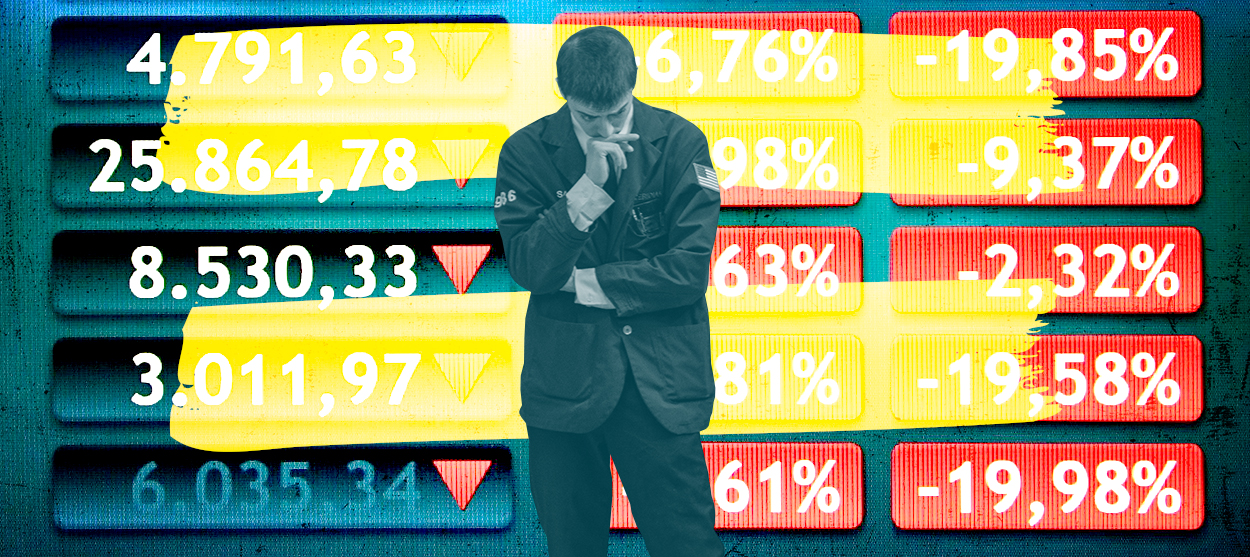 How the oil crash could turn into a much bigger economic shock
How the oil crash could turn into a much bigger economic shockThe Explainer This could be a huge problem for the entire economy



